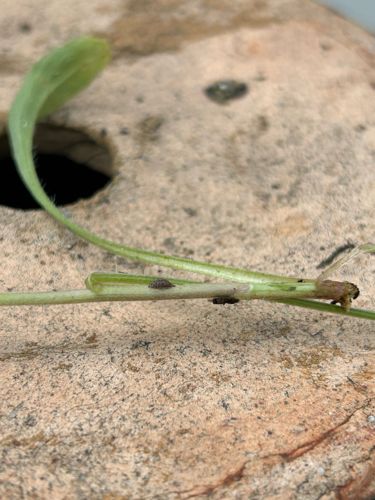Aphid
Scientific Name: Aphidoidea (Superfamily)
Order & Family: Hemiptera, Aphididae
Size: Typically 1-4 mm in length.

Natural Habitat
Aphids are found on a wide variety of plants, including crops, ornamental plants, trees, and weeds, in gardens, fields, forests, and greenhouses worldwide.
Diet & Feeding
Aphids are phytophagous, feeding on plant sap. They insert their needle-like mouthparts (stylets) into the phloem vessels of plants to extract nutrients.
Behavior Patterns
Aphids are typically found on the undersides of leaves and on new growth. They reproduce rapidly, often through parthenogenesis (asexual reproduction), leading to quick population growth. They are relatively slow-moving. Many species are tended by ants, which protect them from predators in exchange for honeydew.
Risks & Benefits
Risks: Aphids can cause significant damage to plants by stunting growth, deforming leaves and stems, and transmitting plant viruses. Their honeydew excretions can promote the growth of black sooty mold, which impairs photosynthesis. Benefits: While generally considered pests, aphids can serve as a food source for beneficial insects like ladybugs, lacewings, and hoverfly larvae, which helps in natural pest control.
Identified on: 8/18/2025